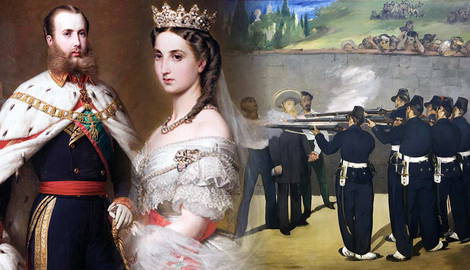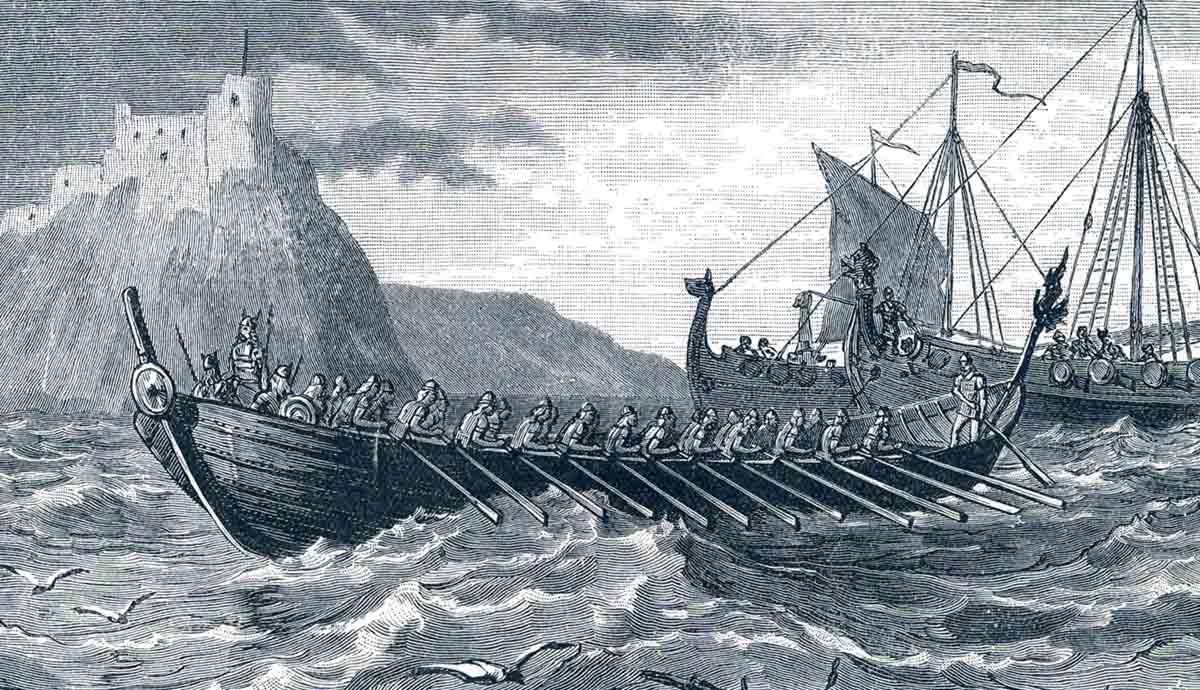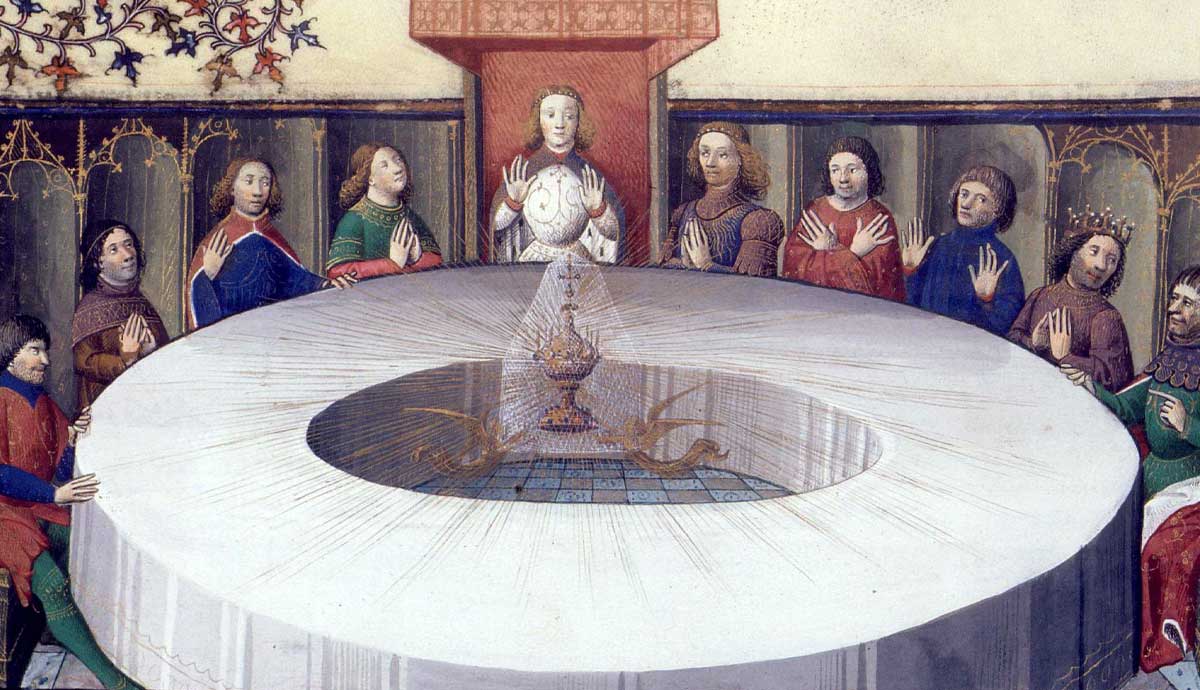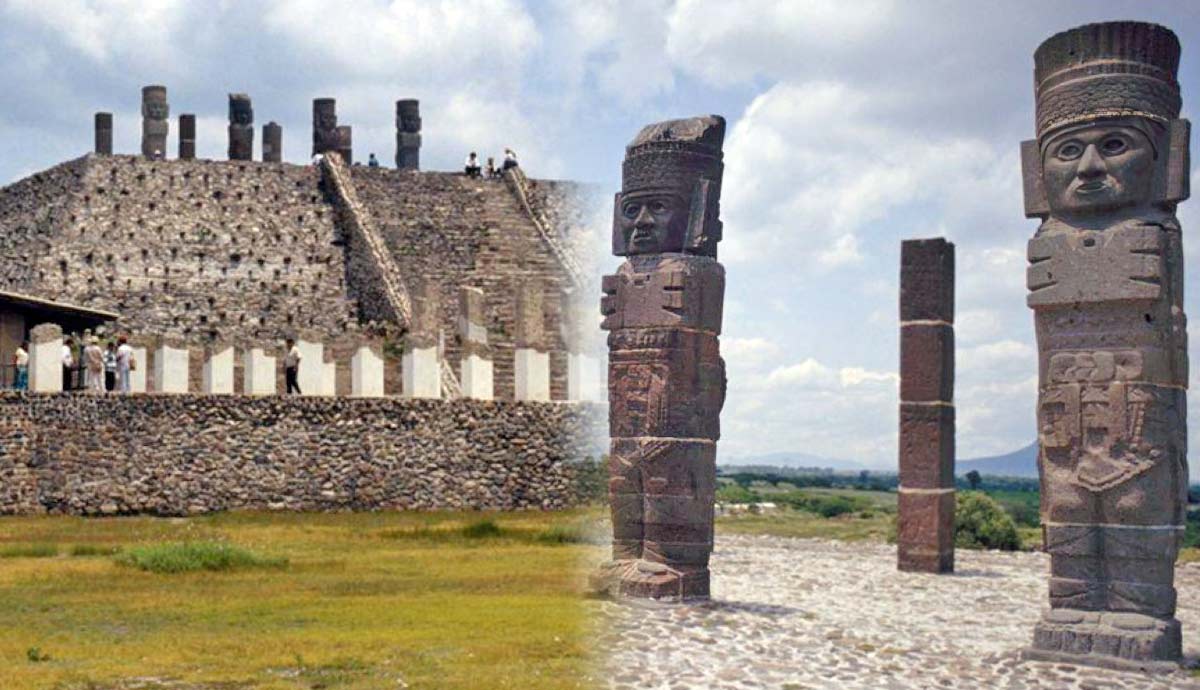
In 1862, European imperialist interests led a young noble couple to a new land: the deeply divided, war-torn, and impoverished country that was Mexico in the tumultuous 19th century. Their noble intentions and European manners were insufficient to establish a successful empire. Their imperial dreams proved to be nothing more than a fleeting illusion; the Second Mexican Empire lasted barely three years before spiraling to a tragic end.
When Mexico Became an Empire

Unknown to many, Mexico was also an empire for a time. In the tumultuous 19th century, the problems of the newly independent country were notable: significant conflicts and battles over how to govern the country raged while the coffers were empty. Everyone sought progress, but beliefs regarding how to achieve it differed greatly between the liberals and conservatives. The latter believed it could only be achieved through a monarchical system, a corporate society, and a strong church and army. On the other hand, the liberals wanted a federal, representative, and popular republic similar to the American model, seeking to eliminate any remnants of the colonial and monarchical past.
These two models clashed for a long time, involving several wars, treaties, and laws. By 1860, it seemed the liberals were gaining ground, as the elections gave the victory to President Juárez, who immediately sought to reorganize the country. However, the shortage of funds forced him to suspend the payment of loans and debts. The disgruntled conservatives took advantage of this situation. They sought to interest French Emperor Napoleon III in establishing a monarchy in Mexico as a bulwark against the expansion of the United States. The pretext was the suspension of payments owed to France, England, and Spain. It started as a blockade of the ports but quickly escalated, and French troops landed, initiating the armed conflict that, a year later, led Mexico to succumb to occupation.
Emperor and Empress in Mexico

After the successful occupation, Napoleon saw his dream of restoring an imperial presence on the American continent as feasible. Taking advantage of his desire to strengthen ties with Austria, he offered the monarchy to the brother of the Austrian emperor. Maximilian of Habsburg, Archduke of Austria and second son of King Francis Charles of Austria and Princess Sophie of Bavaria, along with his wife Carlota, the only daughter of King Leopold I of Belgium, one of the wealthiest monarchs of his time, became the prime candidates for the throne.
Maximilian was not certain about accepting the position on an entirely new continent in exchange for renouncing all his titles and noble rights in Europe. His wife persuaded him to accept, as did many conservative Mexicans who came to seek his help. He accepted, under the false impression that the Mexicans wanted him to restore order.
After visiting the Pope, the young emperors embarked for Mexico, arriving at the port of Veracruz in May 1862. The port, quite liberal, received them very coldly, in contrast to the more conservative and wealthy cities like Orizaba, Puebla, and Mexico City, which went out of their way to welcome the new emperors with sumptuous balls, festivities, and gatherings.

They established residence in Chapultepec Castle, located in Mexico City, the former home of viceroys when the territory was New Spain. As a national palace, it was austere and dilapidated and did not match Maximilian and Carlota’s idea of an imperial residence. They ordered it to be remodeled in the likeness of European bourgeois enclaves of the time and constructed a direct road to the city center and the cathedral. They were captivated by the beautiful views of the Valley of Mexico visible from the heights of the castle. They also had a large summer residence in Cuernavaca, called “the place of eternal spring” for its lush tropical vegetation.
They quickly fell in love with Mexico’s landscapes and its people. They spent much time traveling the country and marveling at its natural beauty, even finding volcanic landscapes that reminded them of their homeland. They were also enchanted by their new country’s food, customs, and traditions, recognizing its value and diversity as well as the misery and fractures caused by half a century of wars.

Those who had initially supported the emperor did not anticipate that, in practice, Maximilian was very liberal, like Europe at the time. He did not rein in religious tolerance nor return the church’s properties; moreover, he contributed to many social reforms. He quickly fell out of favor with the conservatives.
Maximilian and Carlota did what they could to improve the population’s living conditions, abolishing corporal punishment and child labor, regulating working hours, and enhancing the country’s infrastructure. There is no doubt that the capital was beautified during their presence, and education and scientific research also benefited. Maximilian, also concerned about the country’s economic development, contributed to the nation’s construction and the establishment of banks to facilitate commercial exchanges.
Carlota was behind all these advances and kept a close eye on everything happening with the army and the country as a whole. Maximilian was much more relaxed, with diverse interests; he was a great collector of butterflies and insects who undertook various expeditions throughout the country and enjoyed increasingly prolonged stays at his summer residence outside the capital. He was easily overwhelmed, while Carlota knew how to act and constantly kept an eye on politics and military plans, while engaging in charitable works. She was the first woman to govern the country, albeit on an interim basis. She was a misunderstood woman, shrouded in legend but intelligent and clever.
Dispelling the Illusion: Complications Unfold

The naivete of a 27-year-old prince in search of adventure led him into a very complicated situation; he did not know what he was getting into, arriving in a war-torn, impoverished country that did not even want him. Soon, he was left without allies: the conservatives saw him as a traitor, while the liberals, due to the way he arrived and because he was a foreigner, would never accept him. The populace faced much more pressing concerns, so he did not gain the support of the people either. He would always be a foreign prince and a stranger to most of the country, no matter how much he dressed as a charro, toured the country, or learned Spanish.
He governed as he would in Europe, beautifying the city and enacting legislation, but that was not what Mexico, a vast, unequal country mired in poverty and wars, needed. Unsurprisingly, the empire, in reality an illusion sustained only by the military support of the French troops throughout the country, quickly fell apart.
The liberals had not given up; they were weakened but waiting for opportunities. Some areas remained very loyal to the previous liberal president, Benito Juárez, making them impossible for the French army to control.

By late 1865, things started to get even more complicated. With the end of the Civil War in the United States, the northern neighbor supported the liberals with loans, weapons, and protests against foreign intervention in American territory. The liberal army grew while the imperial army shrank, as Napoleon withdrew troops to face the Prussian threat back in Europe.
The emperors had less and less protection, and the situation looked increasingly dire. Maximilian, of sensitive temperament and distressed by everything happening, decided to abdicate. However, Carlota stopped him. Seeing the throne and all they had achieved threatened, her ambition surfaced, and she refused to simply discard their efforts. She did everything possible to dissuade him from leaving, calling abdication dishonorable and for the weak; she offered to seek help in Europe and to speak with Napoleon III and the Pope.
Maximilian and Carlota: A Tragic End

During the journey back to Europe, Carlota began exhibiting strange behaviors. She was paranoid, believing people wanted to poison and kill her. At first, they were just minor hallucinations, but they became increasingly frequent. For a while, she believed that she was only safe with the Pope and that everyone else wanted to harm her. She distrusted the food, the water, and the servants. During her stay in the Vatican, she demanded a cat be brought in to test her food before eating it. She only ate what was prepared specifically for the Pope and did not want to leave the Vatican for fear of being poisoned. She screamed, ran, and hid, doing everything possible to avoid being taken away. Her moments of lucidity became fewer and fewer as illness took over. She only drank water from the tap that she collected herself, her hair and nails withered, she ate nothing, and she hallucinated. There was no choice but to confine and care for her as a patient. She distrusted her lifelong servants and anyone around her, even those she saw from a distance.
Carlota was just 26 years old when she was diagnosed with madness but lived in confinement to age 86. She never saw her beloved husband, Maximilian, again. She was confined to a barred room in her castle, where her treatment consisted of total isolation, cold water, and immobilization. She died of severe pneumonia caused by influenza on January 19, 1927.

Realizing that he had failed to secure the expected support in Europe and that his wife had lost her mind, Maximilian felt increasingly unprotected: the empire was reduced to a few cities, and all the military personnel were returning to Europe while the liberal troops were gaining ground.
He decided to abdicate, but on his way to the port, was dissuaded by the few conservatives who still supported him and by his family, particularly his mother, citing dishonor and responsibilities. It was a brave act on his part, coming from someone who had doubted himself so much throughout his life and knowing that he was completely alone, without his wife Carlota, often the mastermind behind his government.
In a very short time, the situation became critical; his castle was no longer safe, and he had to take refuge in another nearby city. He was offered the chance to flee or to accept defeat with honors, but he remained firm in his decision to fight until the last moment. However, a betrayal facilitated his capture, and he was apprehended by the enemy.
He was sentenced to the maximum penalty despite receiving pleas for clemency from illustrious figures in Mexico and Europe. On June 19, 1867, he was executed along with two other generals. He died with great honor; before being shot, he vowed that his blood would “seal all the misfortunes of my new homeland.”
Further reading:
Conte Corti, E. C. (1968). Maximilian and Charlotte of Mexico (Reprint ed.). Archon Books.
Escalante Gonzalbo, P., García Martínez, B., Jáuregui, L., Vázquez, J. Z., Speckman Guerra, E., Garciadiego, J., & Aboites Aguilar, L. (2013). A New Compact History of Mexico. El Colegio de México.










